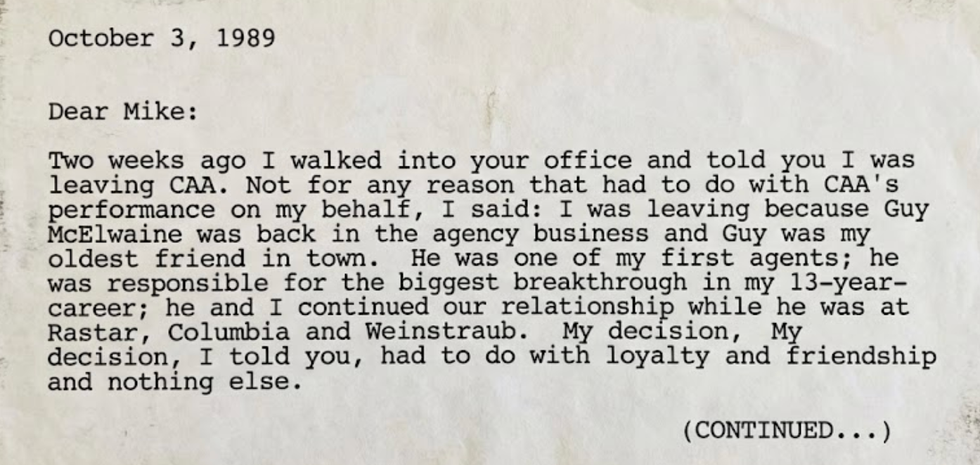Not that long ago, youth athletes who suffered a head injury were often told to “shake it off” and get back in the game. Today, with growing concern about brain injury, all 50 states and the District of Columbia have passed concussion laws which have markedly reduced the number of repeat concussions, according to a new study in the American Journal of Public Health.
The first concussion law, the Zackery Lystedt Law, was enacted in 2009 in Washington. Lystedt suffered a devastating brain injury while playing middle school football that left him permanently disabled. Now, similar laws have been passed nationwide. The laws vary by state but generally include three key elements: immediate removal from play if a concussion is suspected, clearance by a licensed health professional before the athlete returns to play, and mandatory education for coaches, parents, and students about the signs and symptoms of concussions, also known as mild traumatic brain injuries.
These symptoms can be severe and include blurred vision, light and noise sensitivity, vomiting, and loss of consciousness. Adolescents who suffer concussions are at increased risk for developing multiple sclerosis later in life. And in the short term, players who return to the game before they’re fully healed take twice as long to recover.
[quote position="full" is_quote="true"]In comparable sports studied, the rates for girls were almost double the rate for boys.[/quote]
The new study was the first national-level research to look at the effectiveness of the laws. Using data from 2005-2016 from a national online high school sports injury surveillance system, a team of researchers compared concussion rates both before and after the various laws were enacted.
Both initial and repeat concussion rates went up significantly after the laws went into effect. The study’s lead author, Dr. Ginger Yang from the Center for Injury Research and Policy at Nationwide Children’s Hospital, views the initial spike as positive and attributes it to increased awareness about concussions.
Her team also found that the rate of recurrent concussions dropped dramatically after the laws had been in place for about two-and-a-half years, likely due to the requirements to remove athletes from play following a suspected concussion, and require medical sign-off for them to return. For the injured athletes, both actions reduce the risk of additional head injuries before they’re recovered. Yang expects that the rate of initial concussions will eventually show similar declines as the laws continue to boost awareness and safer protocols.
Of the nine sports studied, boys’ football had the greatest number of concussions by far, accounting for 53% of reported concussions. The next highest rates were for girls’ soccer, boys’ wrestling, and girls’ basketball.
The study also found that concussion rates were significantly higher in competition than in practice, which Yang attributes to “increased play intensity, increased legal and illegal physical contact, and increased exposure to high-risk activities in competition, such as tackling in football.”
Also of concern: In comparable sports studied (basketball, soccer, baseball, and softball), the rates for girls were almost double the rate for boys. “We think possibly they may be more vulnerable physically, but they also may be more likely to report concussions,” Yang says. Recent research has also shown that girls take twice as long as boys to recover from concussions.
The system used to obtain the concussion data, High School Reporting Information Online (RIO), has tracked high-school athlete injuries since the 2005-2006 academic year, using a nationally representative annual sample of 100 eligible U.S. high schools. However, because high schools must have a certified athletic trainer on staff to be eligible, participating schools may be more up to speed on concussion best practices than other schools. (According to the National Athletic Trainers’ Association, only 37% of U.S. public secondary schools have a full-time athletic trainer.)
[quote position="full" is_quote="true"]Most current state concussion laws are focused on concussion management rather than prevention.[/quote]
Even so, the concussion data showed nearly 2.7 million concussions during the 11-year timeframe, or an estimated 671 concussions per day. Overall, 89% of the reported injuries were first-time concussions.
While better protocols have been successful in keeping athletes from suffering repeat concussions, a huge opportunity still remains to prevent concussions from happening in the first place through preventing or reducing initial head impact. As the study notes, most current state concussion laws are focused on concussion management rather than prevention.
Still, it’s important to put the risk in perspective. A recent study found a sports-related concussion rate of about 2.2% among middle school athletes, and the American Academy of Neurology notes that most concussions result in a full recovery.
“As a concussion researcher, I wouldn’t say ‘Don’t play sports.’ They still provide tremendous benefits,” says Yang, a former high school and college volleyball player. “Young athletes learn about teamwork and sportsmanship, and there are many physical and psychological advantages.”
Her advice to athletes is to play safe and follow the rules. “If you’re too aggressive or aren’t following the rules, that’s when injuries occur.”
















 A young lion playing with an older animal
A young lion playing with an older animal A colorful bird appears to be yelling at it a friend
A colorful bird appears to be yelling at it a friend An otter appears like it's holding its face in shock
An otter appears like it's holding its face in shock Two young foxes playing in the wild
Two young foxes playing in the wild Two otters appear to be laughing together in the water
Two otters appear to be laughing together in the water A fish looks like it's afraid of the shark behind it
A fish looks like it's afraid of the shark behind it A bird appears to be ignoring their partner
A bird appears to be ignoring their partner A squirrel looks like it's trapped in a tree
A squirrel looks like it's trapped in a tree A bear holds hand over face, making it appear like it's exhausted
A bear holds hand over face, making it appear like it's exhausted A penguin looks like its trying to appear inconspicuous
A penguin looks like its trying to appear inconspicuous A young squirrel smells a flower
A young squirrel smells a flower An insect appears to be smiling and waving at the camera
An insect appears to be smiling and waving at the camera An otter lies on its side apparently cracking up laughing
An otter lies on its side apparently cracking up laughing Two monkeys caught procreating
Two monkeys caught procreating A young chimp relaxes with its hands behind its head
A young chimp relaxes with its hands behind its head A snowy owl appears to be smiling
A snowy owl appears to be smiling  A monkey holds finger to face as if it's lost in thought
A monkey holds finger to face as if it's lost in thought A turtle crossing the road under a 'slow' sign
A turtle crossing the road under a 'slow' sign A polar bear lies on its back like it's trying to hide
A polar bear lies on its back like it's trying to hide A rodent strikes human-like pose
A rodent strikes human-like pose
 An excerpt of the faxCanva
An excerpt of the faxCanva

 Robert Redford advocating against the demolition of Santa Monica Pier while filming "The Sting" 1973
Robert Redford advocating against the demolition of Santa Monica Pier while filming "The Sting" 1973


 Image artifacts (diffraction spikes and vertical streaks) appearing in a CCD image of a major solar flare due to the excess incident radiation
Image artifacts (diffraction spikes and vertical streaks) appearing in a CCD image of a major solar flare due to the excess incident radiation